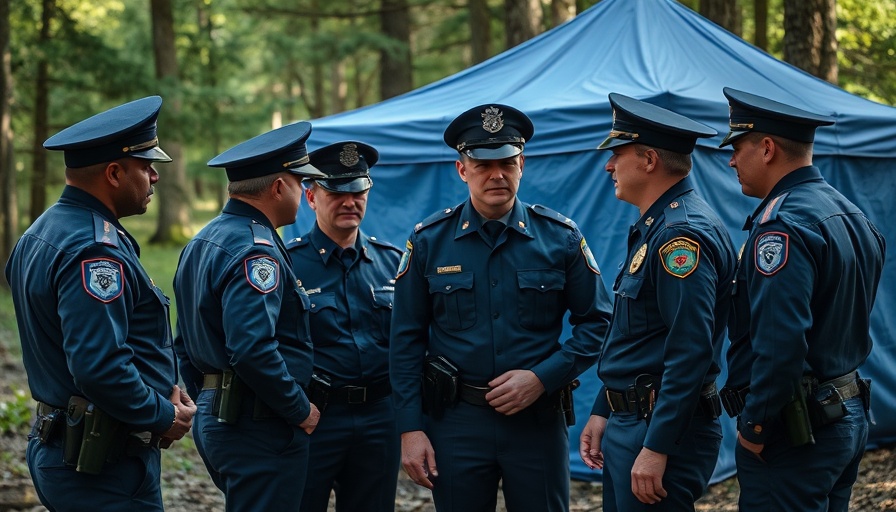
The Heartbreak of an Unthinkable Tragedy
The families and community of Hillcrest Primary School in Davenport, Tasmania, are grappling with unimaginable pain after six children tragically lost their lives in a bouncy castle accident in 2021. The recent verdict by a Tasmanian court that cleared the operator of the bouncy castle, Rosemary Anne Gamble, has reignited the wounds of this horrific incident. For parents like Sarah and Michael Wallace, who lost their 11-year-old daughter, Jessica, the decision was met with a mix of disbelief and sorrow, as they expressed feelings of a second injury inflicted upon them by the judicial system.
How Did This Tragedy Unfold?
During a joyous end-of-year celebration, a sudden, fierce gust of wind lifted the inflatable bouncy castle into the air. Witnesses described horror as the bouncy castle, carrying the weight of several children, fell over 10 meters to the ground. This unforeseen weather phenomenon was classified by officials as “unprecedented,” leading the court to declare there was no negligence on the operator's part. However, as families struggle to cope with their losses, many question whether more responsive safety measures could have prevented this tragedy.
The Legal Outcome and Its Implications
Gamble was initially charged in 2023, two years after the event. The prosecution argued that she failed to secure the bouncy castle adequately, while defenses suggested that the weather conditions were simply unpredictable. The verdict has implications not just for Gamble but for the standards of safety in children's recreational activities across Australia. There is now an increased emphasis on reviewing regulations for activities involving children, particularly outdoor events that might expose them to unpredictable environmental factors.
Community Response: A Collective Grief
The verdict has drawn varied reactions within the community and beyond. Local leaders, like former Tasmanian Premier Peter Gutwein, expressed their disbelief at the outcome. Meanwhile, the parents of the victims find hope in solidarity. Support groups have emerged, allowing families to share their grief and advocate for improved safety measures at community events. Each gathering serves not only as a remembrance for their lost children but also as a mobilization for future legislative changes.
Broader Reflections: Learning from Tragedies
This incident serves as a stark reminder of the importance of safety in recreational settings. While the legal proceedings may have brought closure for some, the echoed cries for reform underscore an ongoing conversation regarding accountability and prevention protocols. Experts in children's safety are now urging policymakers to reevaluate regulations governing inflatable attractions, emphasizing the need for better monitoring and stringent operational standards to prevent similar tragedies.
The Path Forward
As startled communities reflect on this tragedy, the focus shifts toward healing and change. Many parents advocate not only for remembrance but action. They call for laws to ensure public safety at events geared toward children, arguing that guidelines based on safeguarding must become the norm rather than the exception. Initiatives to increase public awareness of safety protocols at community events are vital in ensuring that the loss of these children will not be in vain.
Conclusion: Creating a Safer Future
While the court's decision is both heartbreaking and contentious, it indicates a broader dialogue about safety and accountability in recreational activities. Community action can create a ripple effect, prompting changes that prioritize the safety of children across Australia. As parents and advocates unite, they challenge policymakers to adopt more rigorous safety standards and make a national commitment to prevent future tragedies.
The story of Hillcrest Primary’s extraordinary loss should lead to a future where safety is assured. In the face of anguish, there is also the opportunity for hope and reform. Let this serve as a call to all of us—whether we're parents, educators, or community members—to advocate for safer spaces for our most vulnerable.
 Add Row
Add Row  Add
Add 




 Add Row
Add Row  Add
Add 

Write A Comment